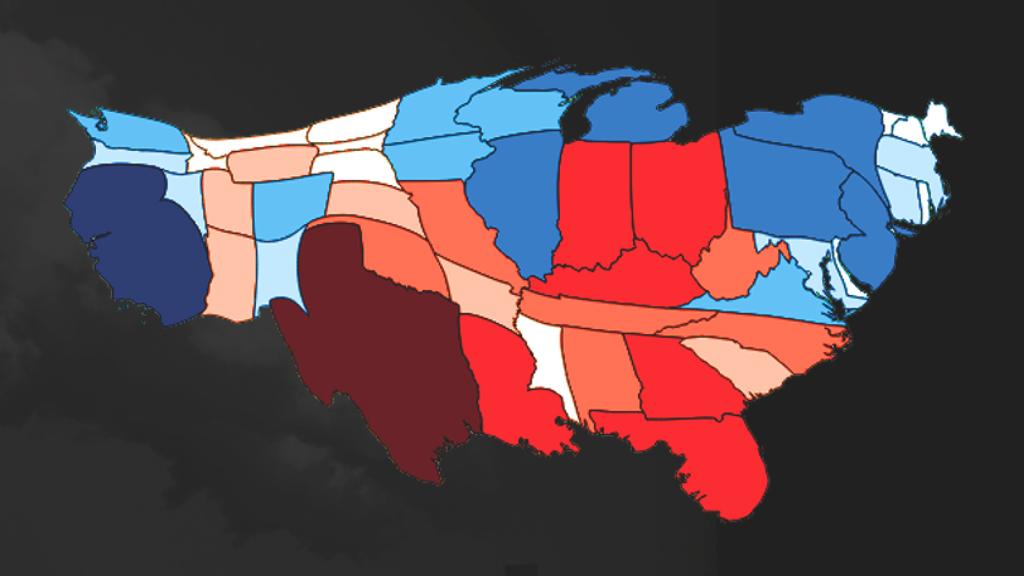As the international community continues to struggle to advance a global climate change agenda, new kinds of climate actors are increasingly working to pick up the slack. Hopes are high that cities, regional coalitions, and businesses — or non-state and sub-national actors, in wonk-speak — can make up for lost ground, and lead countries toward more ambitious action.
One early indication of what a hybrid approach that includes multiple actors might look like came last September, at U.N. Secretary-General Ban Ki-moon’s Climate Summit in New York City (hereby referred to as the “Summit”). On Sept. 23, 2014, the Summit convened Fortune 500 CEOs, indigenous communities, and more than 350 civil society leaders, alongside 125 heads of state. Together, they produced 29 collaborative, multi-stakeholder action statements and plans to fight climate change.
These plans are powerful symbols of the climate movement’s broadening base, and the groundswell of pioneering solutions to climate change. But do they add up to real reductions in planet-warming greenhouse gases?
Summing up the summit
To answer this question, the Yale Environmental Performance Index team set o... Read more

